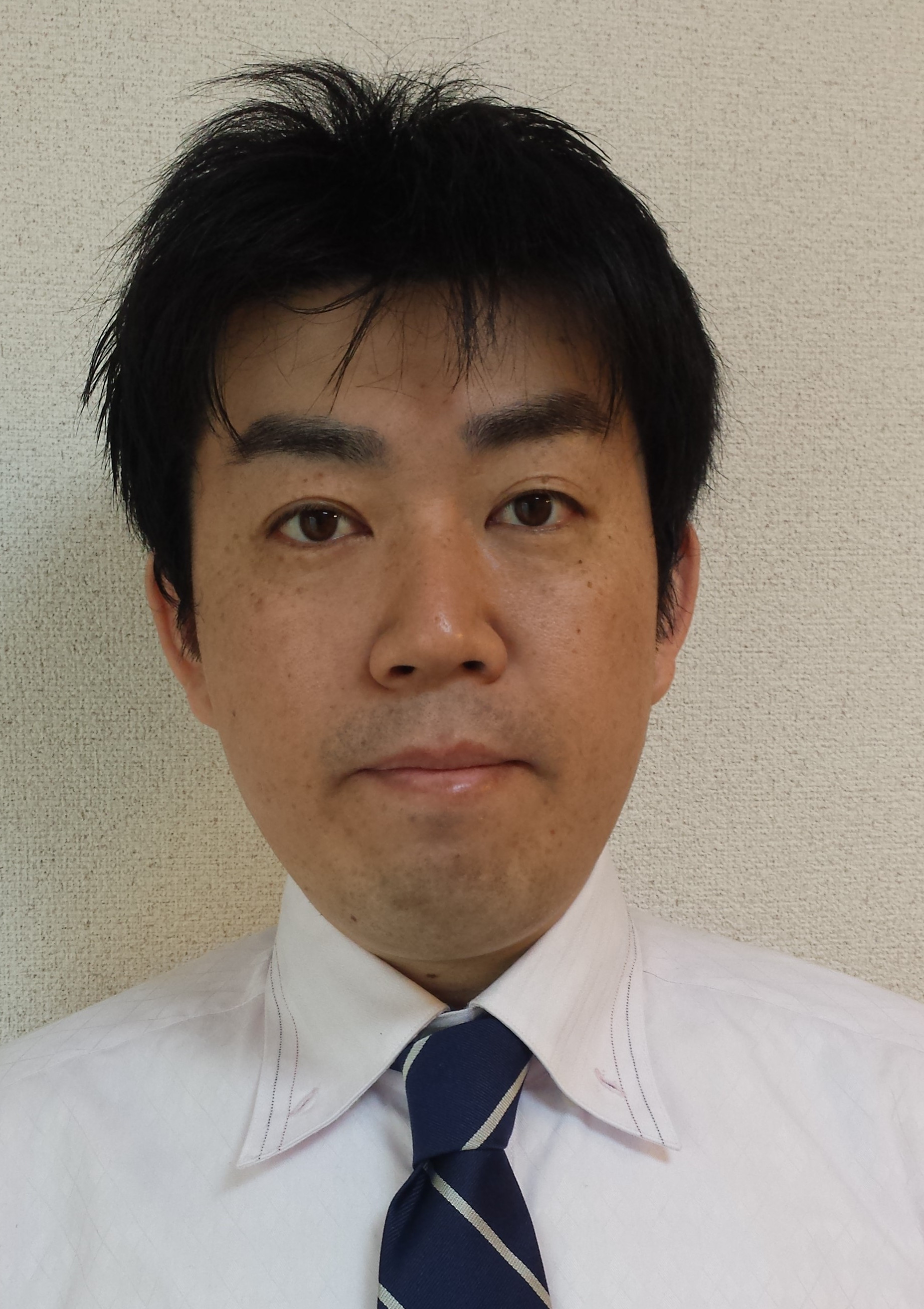About Me

Kei IIDA Ph.D.
- Field; Computational Biology
- Title; Lecturer, Faculty of Science and Engineering, Kindai University, JAPAN.
- E-mail; kiida “at” life.kindai.ac.jp
CV
After graduating Graduate School of Science, Nagoya University, JAPAN, he entered master’s degree course in Nagoya University and took master’s degree. After that, he started working at RIKEN then Nagahama Institute of Bio-Science and Technology. At RIKEN, he contributed several projects about Arabidopsis full-length cDNAs and functional genomics (Yamada et al. Science 2002, IIDA et al. DNA Res. 2005). During these periods, he found environment-responding changes of alternative splicing profiles in Arabidopsis thaliana, a model plant, and found extremely conserved alternative splicing events on SR protein genes among land plants from moss to flowering plant for more than 400 million years (IIDA et al. Nucleic Acids Res. 2004, IIDA and GO Mol. Biol. Evol. 2006). With these studies, he got Ph.D. at Nagoya University.
When he was a postdoctoral researcher of Prof. Jian-Kang Zhu laboratory in University California, Riverside, he joined a research project to clear out methylation and demethylation regulation of plant genomes via small RNAs (Zheng et al. Nature 2008). He also started researched with High- Throughput Sequencer (HTS, or Next-Generation Sequencer; NGS). He focused of the differences between cDNA sequences from HTS and genomic sequences, called RNA-DNA Differences (RDD), and found that several RDDs reflected RNA-base modification, especially for tRNAs, rRNA, and putatively for micro RNAs (IIDA et al. BMC Genomics 2009).
When he returned to Japan in 2008, we joined Tetsuro Toyoda group at RIKEN. With collaboration with Shuji Kawaguchi, he developed a method for detecting alternatively spliced regions of mRNAs using tiling array or HTS outputs, without prior information of gene annotations (Kawaguchi et al. Bioinformatics 2012, IIDA et al, Plant Cell Physiol. 2011). With this method, he contributed on FANTOM5 project for finding a significant set of transcription start sites (FANTOM Consortium. Nature. 2014).
He moved to Medical Support Center of Kyoto University in 2012, a current position. He is now promoting several computational biology projects especially related to transcripome regulation, like small chemical mediated splicing changes (Sakuma et al. BMC Mol Biol. 2015), regulation of RNA elongation by RNA-binding protein SFPQ (Takeuch et al. Mol. Cell 2018), study for difference of splicing profiles between nuclear and cytoplasmic mRNAs with a novel single-cell handing micro fluidics device (Abdelmoez et al. Genome Biology 2018), catalogue making and functional analysis of m6a modifications in RNAs, called epi-transcriptomics, in synaptic fractions of mice brains (Merkurjev et al. Nat Neurosci. 2018).